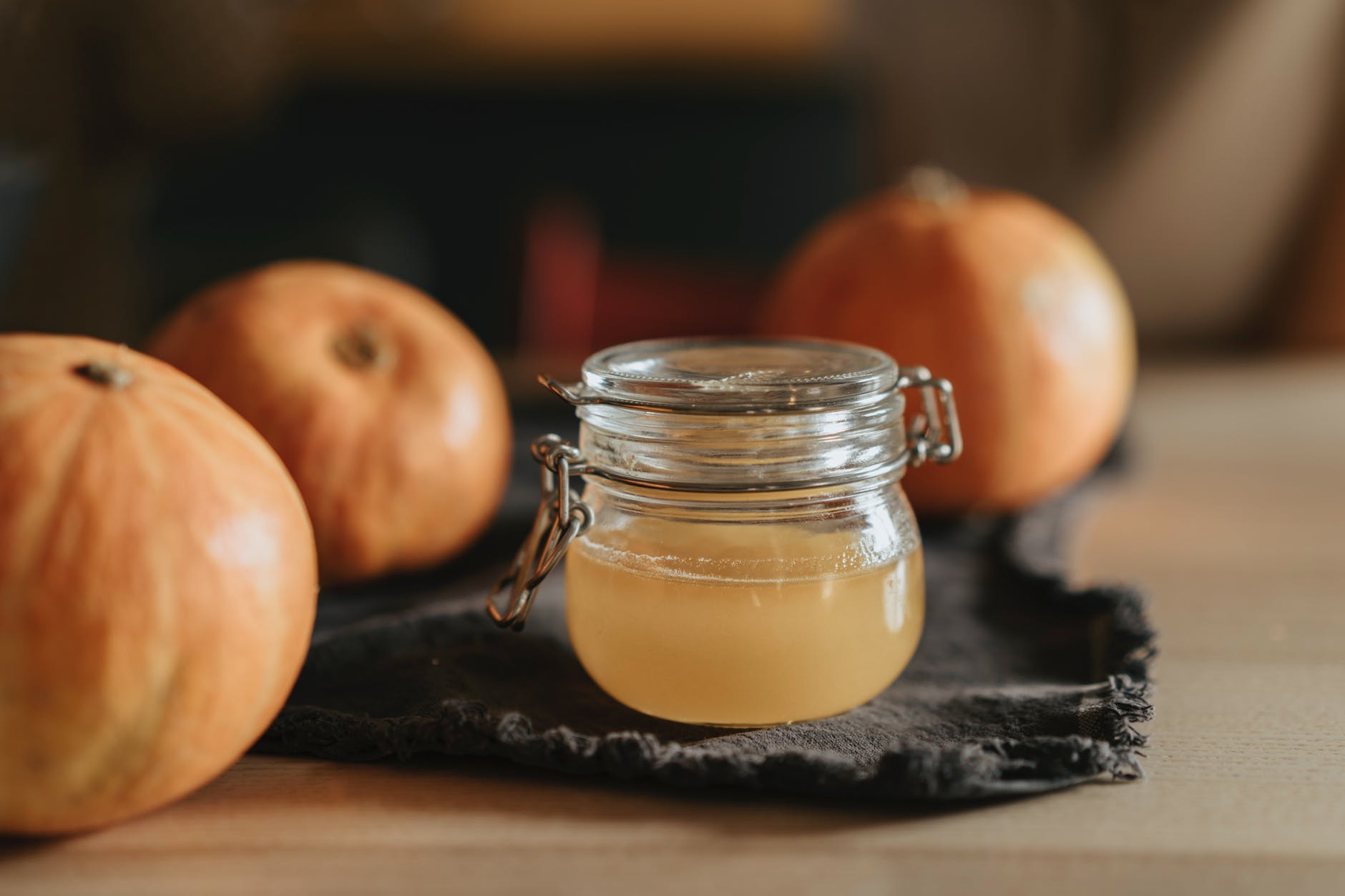Introduction:
🌱 Welcome to our Lentils for Weight Loss series! 🥦 In this comprehensive guide, we will embark on a journey to explore the world of lentils, from understanding their various types and their unique characteristics to uncovering their remarkable benefits for weight loss and overall health. Lentils are a versatile and nutritious superfood that can play a pivotal role in your healthy eating and weight loss goals. Get ready to dive into the ultimate guide to lentils, where we’ll also share some delectable recipes to inspire your culinary adventures. Let’s get started on this nourishing path to wellness!
Types of Lentils:
Lentils come in a delightful variety of types, each offering distinct flavors, textures, and cooking properties. Understanding the differences between these types will allow you to make the most of their unique qualities in your culinary creations. Here are some commonly available lentil types:
1. Green Lentils: 🌿 Green lentils are the most widely recognized variety. They boast a robust, earthy flavor and maintain their shape even after cooking. These lentils are perfect for hearty salads, flavorful soups, and comforting side dishes.
2. Red Lentils: 🔴 Red lentils, also known as split lentils, cook quickly and have a mild, slightly sweet taste. They tend to soften and break down during cooking, making them an excellent choice for creamy soups, dal, or adding thickness to stews.
3. Brown Lentils: 🟤 Brown lentils possess a rich, nutty flavor and hold their shape when cooked. They are versatile and well-suited for hearty dishes such as lentil loafs, curries, and grain-based salads.
4. French Lentils (Puy Lentils): 🇫🇷 Also known as Puy lentils, these small, dark green lentils are a staple in French cuisine. They offer a peppery and earthy taste and retain their firm texture even after cooking. French lentils are perfect for salads, grain bowls, and as a flavorful side dish.
5. Black Lentils (Beluga Lentils): 🖤 Black lentils, often referred to as beluga lentils due to their resemblance to caviar, are tiny and have a dense, meaty texture. They provide a unique visual appeal to dishes and work wonderfully in salads, soups, or as a delightful side dish.
Benefits of Lentils for Weight Loss and Overall Health:
Including lentils in your weight loss journey can yield numerous benefits for both your waistline and overall well-being. Let’s explore some of the reasons why lentils are considered a nutritional powerhouse:
1. High in Protein: 🥦 Lentils are an excellent plant-based source of protein, making them an essential component of a weight loss diet. Protein helps to promote satiety, reduce cravings, and support muscle repair and growth.
2. Rich in Fiber: 🌾 Lentils are a fantastic source of dietary fiber, which plays a vital role in weight management. Fiber promotes feelings of fullness, aids digestion, regulates blood sugar levels, and helps maintain a healthy gut.
3. Low in Fat and Calories: 🍃 Lentils are naturally low in fat and calories, making them an ideal food for weight loss. They provide essential nutrients while keeping your caloric intake in check, allowing you to enjoy satisfying meals without compromising your goals.
4. Complex Carbohydrates: 🍽️ Lentils offer complex carbohydrates that are slowly digested, providing a steady release of energy and keeping you feeling fuller for longer. They help stabilize blood sugar levels and prevent energy crashes and unhealthy snacking.
5. Abundance of Nutrients: 🌟 Lentils are packed with essential nutrients such as iron, folate, potassium, and B vitamins. These nutrients support various bodily functions, including metabolism, energy production, immune health, and brain function.
Basic Lentil Recipes:
Now, let’s embark on a culinary adventure and explore some simple yet delicious lentil recipes to kickstart your weight loss journey:
1. Lentil Soup: 🍲 Heat a drizzle of olive oil in a pot over medium heat. Sauté diced onions, minced garlic, and chopped carrots until they soften. Add your choice of lentils and vegetable broth, along with a medley of herbs and spices. Simmer until the lentils are tender and the flavors meld together. Serve hot and savor the comforting goodness of a nourishing lentil soup. 🥣🔥
2. Lentil Salad: 🥗 Cook your preferred lentils until tender, then allow them to cool. Toss the lentils with a vibrant assortment of diced vegetables, such as cucumbers, cherry tomatoes, bell peppers, and red onions. Drizzle with a zesty dressing of your choice, incorporating fresh herbs and a squeeze of lemon or lime for added brightness. Enjoy this refreshing and nutrient-packed lentil salad as a light meal or a satisfying side dish. 🌱🥒🍅
3. Lentil Curry: 🍛 In a pan, heat some oil and sauté finely chopped onions until golden brown. Add minced ginger, garlic, and your favorite curry spices like cumin, coriander, turmeric, and garam masala. Stir in lentils, vegetable broth, and any desired vegetables such as diced tomatoes, bell peppers, or spinach. Simmer until the lentils are tender and the flavors meld together into a luscious curry. Serve with fluffy rice or naan bread for a hearty and aromatic lentil curry experience. 🌶️🍚
Remember, these recipes are just the tip of the iceberg when it comes to incorporating lentils into your weight loss journey. Stay tuned for our upcoming posts, where we’ll explore more innovative and mouthwatering lentil creations to delight your taste buds and support your path to a healthier you. 🌟✨











